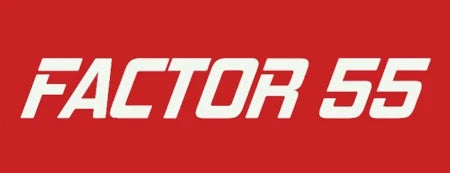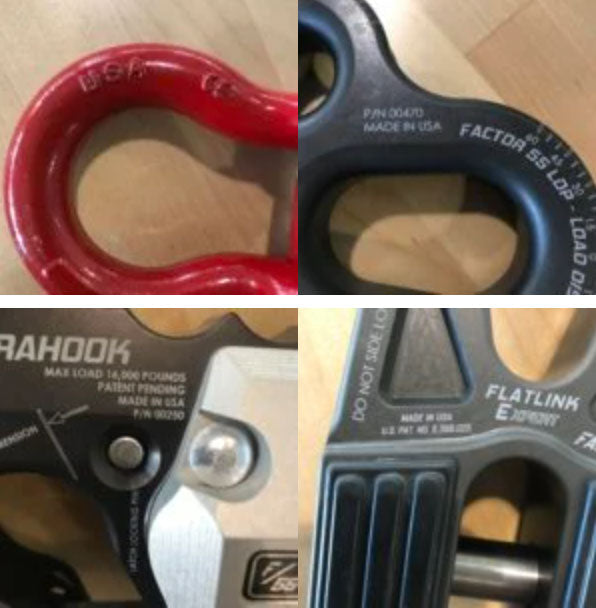This store requires javascript to be enabled for some features to work correctly.
What does “Country of Origin” mean on vehicle recovery products? Well, pretty simple actually – where it’s made. All companies must provide this information on the product packaging, it’s the law. If it doesn’t say “Made In USA”, its not. We take pride in employing a local staff here in Idaho. From our Engineering analysis and CAD work, to sourcing USA materials with lot trace ability as well as machining, anodizing and destructive testing, our products are manufactured here in the USA. Be careful out there folks, for higher profits many American companies are simply putting their American brands on...
Test, retest, test again. It’s all part of the Scientific Method – Observe, Test, Measure, Modify your Hypothesis, Repeat. There’s no shortcut to this process. It’s really the only way to truly understand the behavior of a product or system. See some photos of our products after rigorous breaking testing.
Have a safe and adventurous Labor Day weekend!
Factor 55 – Engineered, Tested and Made In The USA.
factor55 #closedsystemwinching #equippedtoexplore#shadebrigade#precisionengineering #professionalrecovery #itsyourwinchonlysafer
#madeinusa #madeintheusa #buyamerican #winch #winchsafer #winchsafety #vehiclerecovery #trailridesmatter #racerecovery #innovationnotimitation #hookreplacement
A shout out to our friends over at King County Search and Rescue. Whenever people find themselves in imminent danger or distress, SAR organizations like this are ready to respond. This is a 100% volunteer organization serving its local community with Search and Rescue services along with Education. Take a look at some pictures from this past weekend in Greenwater, WA where they put on a Vehicle Recovery Clinic. In addition to basic safe vehicle recovery techniques, the instructors were also demonstrating the use of snatch blocks along with our new lightweight Rope Retention Pulley alternative for synthetic winch lines. SAR...
There are no shortcuts to proper product development; the new Load Distribution Plate product is a good example. Although we lab and field tested our products ourselves, we also rely on trained professionals to test and provide feedback on product performance. Our product design usually requires 3 interations: 1. ENGINEERING PROTOTYPE – followed by testing, data interpretation, and design improvements. 2. PREPRODUCTION PROTOTYPE – followed by smaller iterative changes as well as further internal and field testing and data interpretation. 3. PRODUCTION – followed by QA and test/performance validation. Test, retest, test again. Many of us may never need to...




